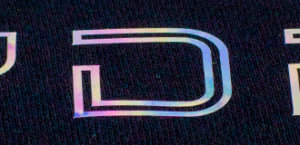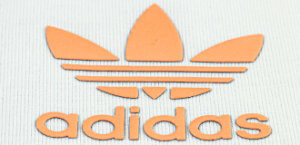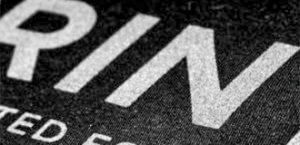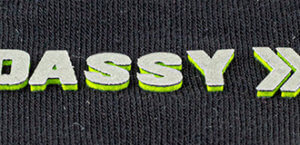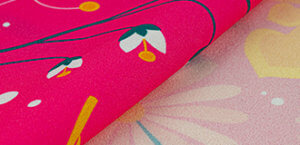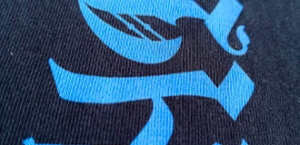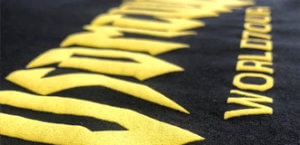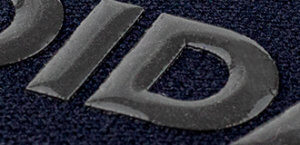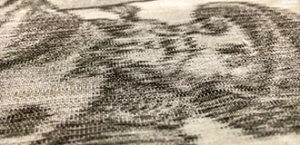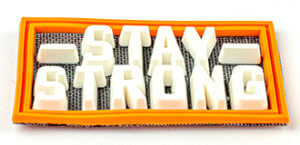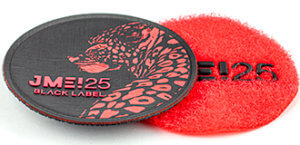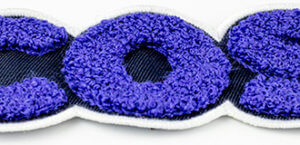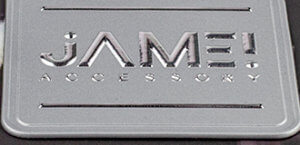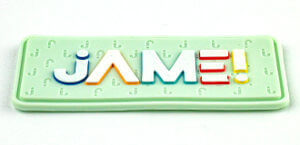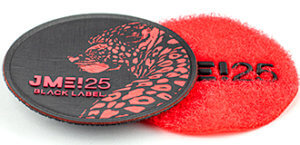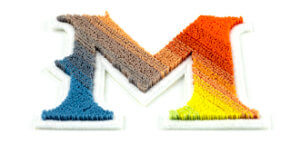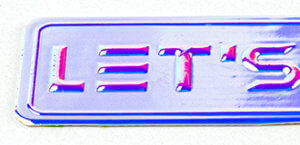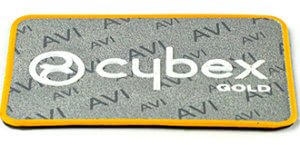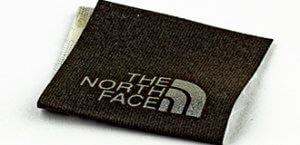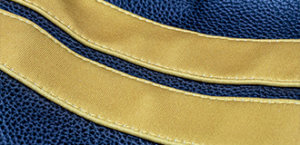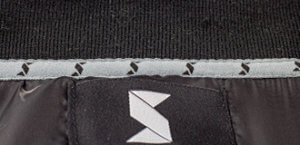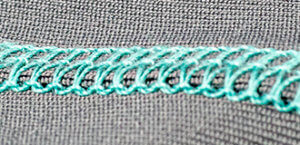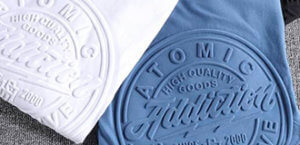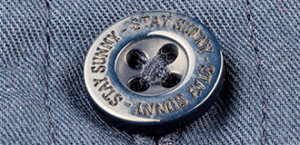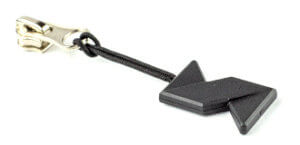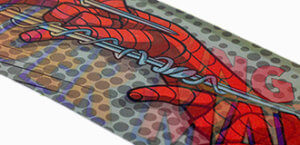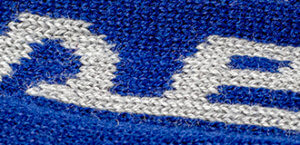Time to decorate!
3D Printing, embroidery, laser cutting
– we can do it all!
When it comes to decorating apparel, numerous options are available today, and the accessibility of newer processes is continuing to grow. Some styles work well for large-run orders, while others work well for smaller quantities
Decoration
When all the parts come together, extraordinary things can happen
To us, world-class quality products take more than intelligent or creative design. It requires true partnership between suppliers and garment manufacturer. Our collaborations are built on a bedrock of transparency, communication, expert project management, and attention to detail.
The difference between good and better
Enhance your brand with unique decoration techniques
Garments are decorated based on the end usage by affixing sequins, rhinestones, embroidery etc. to enhance the appearance of the final products. Whether you are selling it or thinking of producing it yourself, the technology behind the decoration will play an important part in your sales strategy and the more you know the better. In fact, selling decorated apparel without a basic understanding of the production processes could be costing you money. There are various techniques of apparel decoration such as screen printing, dye sublimation, direct-to-garment, embroidery and cut-and-sew etc. Anybody can sell a white polo shirt with an embroidered logo, but what about a polar fleece vest with the same logo done via laser etching or perhaps a denim jacket with a chenille version?
Decoration
We need your artwork to make awesome decorations
Regardless of the decorating technique, it’s important to understand some of the specifics about artwork, fabric and color that can be helpful in creating your client’s design and selecting a garment to get the best possible results.
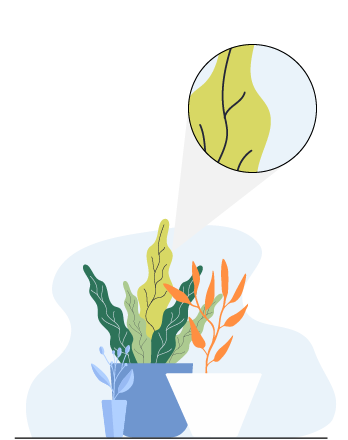
What is Vector Artwork
Promotional products artwork primarily uses two types: vector and raster. Vector artwork is created using a series of points or nodes and outlines or paths, to create shapes which can then be filled or outlined with color. Each shape can be selected and modified individually. This type of artwork can be enlarged without affecting the sharpness of the image. It will always retain its smooth, clean edge. This is the type of art you would probably be familiar with for promotional products such as pens or cups, which typically require a one or two-color imprint. While a vector file is usually used for minimal color art, it can accommodate many colors including gradients and tints or shades of colors.
What is Raster Artwork
Raster artwork, is tonal artwork created by series of small dots or pixels. Photographs or painted illustrations would be examples of this type of art. Unlike vector images, individual shapes can’t be selected in raster art. Raster artwork loses its sharpness when enlarged, becoming increasingly blurry and pixelated. When creating this style of artwork it’s important to know the largest size needed to produce a product. Raster artwork that’s created at its actual size can be reduced if necessary for other applications. This type of artwork is becoming more popular with the growth of digital printing
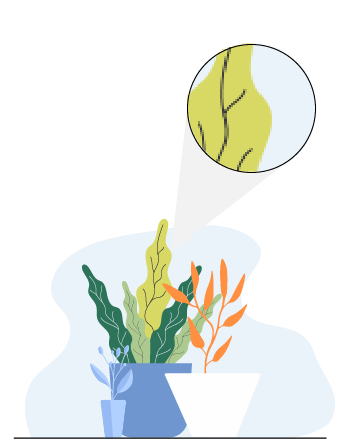
What are Acceptable File Formats
Regardless of whether you create a raster or a vector image, there are numerous file formats out there, and each process and even production device requires its own specific file format in order to produce the job correctly. Vector file formats include AI (Adobe Illustrator), CDR (CorelDraw), PDF (Portable Document Format), and EPS (Encapsulated Postscript). While ai and CDR files are native to those programs, ai files are recognized industry-wide and can be recognized by other software and production equipment. Both eps and pdf formatted files can be saved out of vector and raster programs. When saved out of a vector program such as Illustrator or Corel Draw, the file will retain its vector characteristics. However, if it is saved out of a program like Photoshop, it will be saved as a raster image. For the best results we always ask for vector files for logos and most artwork:


AI

ESP

SVG

CDR
See what exclusive custom can do for you.
Let us know what you’re working on and what you’re trying to achieve with your project and we will come up with some kickass designs.
